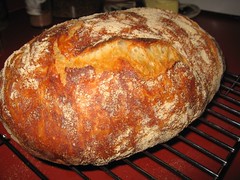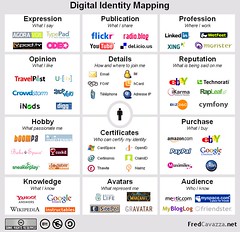January Online Event: Knowing Knowledge with George Siemens
Thinking About 2007 Resolutions - Important Days
Or give the Sharing Foundation Ten Bucks
Ten Bucks, One Minute and World Changing
Fauxto - Playing with images online
Warning: Blog May Be Down
December 22nd gives me joy
Toast and Charitable Giving
5 Things Meme Morphs into 5 Cookies
Our Online Energy Consumption (and waste)
We Get By With a Little Help from our Friends
I Baked the Bread. It was GOOD!
Definition of a Community Technology Steward
Gustatory Cooperation: Soup Swap Day
Tagged with the "5 Things" Meme
Analogies for Knowledge Management
Therapeutic Suggestion & Verbal First Aid
TimeToMeet for Determining Meeting Times
Tiptina Foundation, Oh Holy Night and Brass
When Geeks Gather to Wed - Ponzi and Chris
Blogger Update: Ready or Not
Shining a Light on Technology Stewardship
Nominations for Best Research Paper 2006 | The Edublog Awards
Blogs and Community – launching a new paradigm for online community?
Hacking Email: 99 Email Security and Productivity Tips
It is Friday:Nancy Needs...
"Make Sure Everyone Has Access to This"
Fred Turner on Cyber Pre-history
First Time Blog Visitor Guide
growing changing learning creating
WOLF - Workshops for Online Facilitators
If You Facilitate a User Community, Read Kathy's Post
Juicy Studio: Great Web Accessibility Testing Tool
The Flat Classroom Project









































